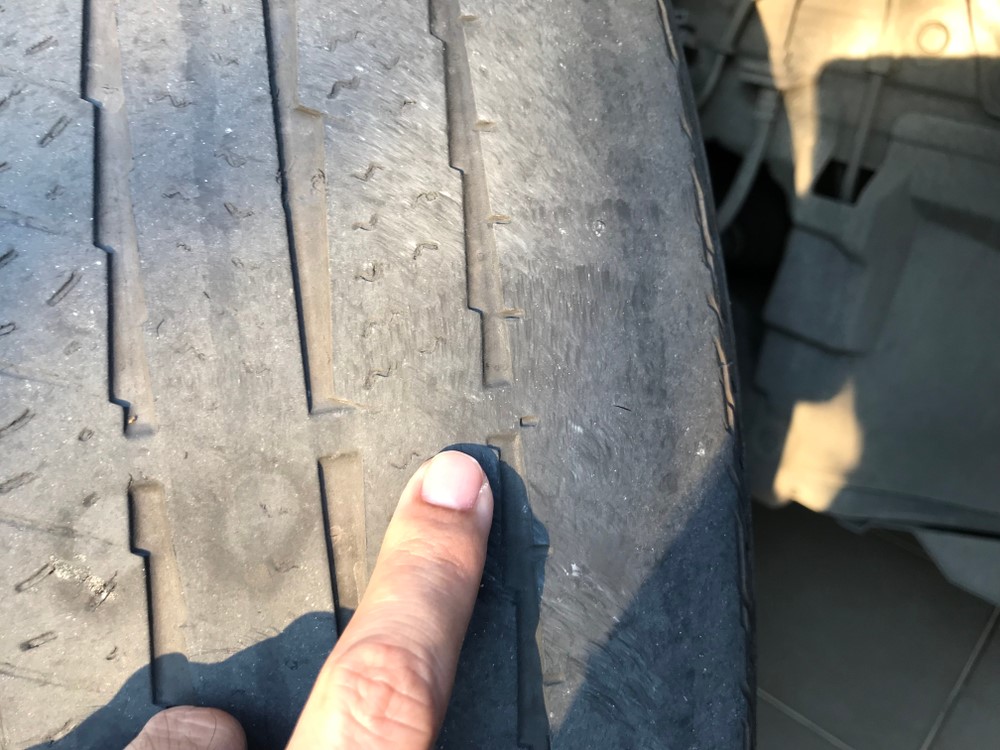Why should you get your tires rotated? Because it’s one of the easiest ways to extend the life of your tires and get the most miles out of them. And you only need to do it a couple of times a year.
Already know you need a tire rotation? Come visit us at one of our local stores or schedule an appointment.
Rotating the tires on your vehicle means moving them to different positions on your car or truck. This helps promote even tread wear on all four tires.
No matter how you drive, front and rear tires can wear at different rates. Tires that are mounted on the drive axle (the front two wheels on a front-wheel drive or back two on a rear-wheel drive) wear more quickly than the “free rolling” tires on the other axle.
Properly rotated tires can make for a smoother ride. It can also extend the life of your tires, saving you both time and money. By rotating your tires, you even out the wear to get the most tread life from every tire. Regular rotations are equally important, even if you have an all-wheel drive vehicle.
A good rule of thumb is every 5,000 miles. Depending on your vehicle, driving style, and tire type, you may need to rotate your tires more or less often. If you’re not sure, stop by Les Schwab. We’ll help you come up with a rotation schedule.
Regular tire rotations can help spot uneven tire wear early. Going too long between rotations may result in a wear pattern that can’t be fixed, no matter where the tire is moved on the vehicle. These wear patterns could result in the need for new tires sooner than expected.
Here are some ways to remember your next rotation.

Getting your tires rotated every 5,000 miles is generally a pretty quick process. The professionals at Les Schwab will take the time to do a thorough tire rotation by also balancing your Les Schwab tires, checking your air pressure, doing a visual check of important safety systems, and documenting anything you should be aware of during the process. Once your vehicle is in our service bays, you can expect this procedure to be completed in about half an hour. Taking the time to make tire rotations a part of your normal vehicle maintenance regimen can add significant life to your tires, promote even tire wear for a smoother and more comfortable ride, and save you money in the long run.
The standard tire rotation is front-to-rear, but there are multiple patterns that could also help promote long tire life.
Here’s what Les Schwab tire pros consider to properly rotate and position the tires on your vehicle.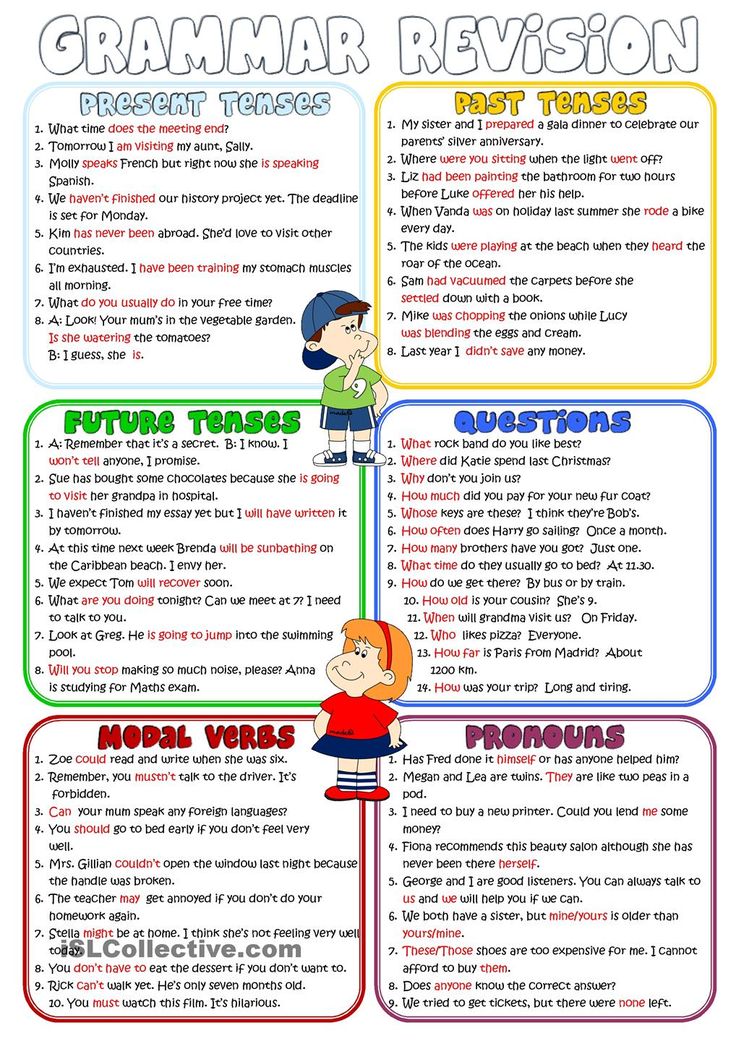
As always, check your owner’s manual for specific recommendations from the manufacturer.
If you have Les Schwab tires on your vehicle, rotations are free for the life of those tires. Plus we balance your wheels as part of the service. Don’t have Les Schwab tires? Our pros can still help maximize the life of your tires. Stop by your local Les Schwab for a quick estimate.
Don’t put tire rotations off. This simple task can maximize the life of your tires. When you buy tires from Les Schwab, we rotate them for free on most vehicles. Plus, we provide free rotation reminders by email. Just ask at your local store.
Just ask at your local store.
The science of tire tread wear is simple: The more a tire contacts the ground, the more it will wear down. Once tires wear down, they become less effective and will eventually fail – in one way or another. See? Simple.
However, all four car tires won’t wear down at the same rate. You must also take into consideration factors like weight distribution, braking, tire brand and type, drivetrain (AWD, FWD, etc.), and overall road conditions. This makes it more difficult to time tire rotation schedules on an individual basis. For instance, someone who frequently drives through Sedalia’s pothole-y roads to and from Whiteman AFB might need to rotate their tires more regularly than someone who sticks to highways. It’s all in the details.
Just as it was 30 years ago, rotating tires and general tire service are critical parts of auto maintenance. A good tire rotation, performed at the right time, will prevent your tires from wearing unevenly and, ultimately, increase their lifespan.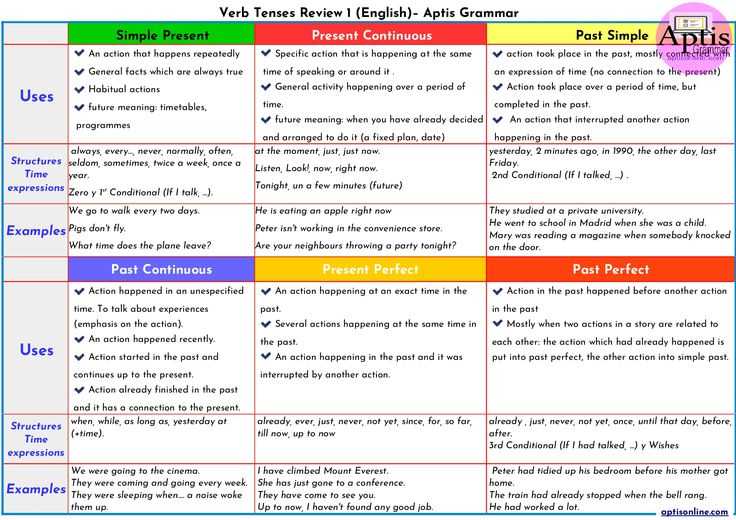
So, here’s our answer to the question, “How often should I get a tire rotation?” For all intents and purposes, you should aim to rotate your tires every oil change or after every 5,000 miles. This is the recommended Toyota maintenance plan and tire rotation schedule for Corolla, Camry, and most other new Toyota models for sale.
Can’t remember the last time you had your tires looked at or worked on? You might want to schedule an auto maintenance appointment at a local service center near you, especially if you notice any of these problems.
Give your tires an up-close inspection. Any bald spots – when there is no longer any tread design visible – are a clear sign that your tires not only need to be rotated but they should also be replaced. Here are 7 obvious red flags that you need new tires.
Uneven tire wear can make your vehicle feel like it’s a roller coaster at high speeds. If you notice your vehicle is vibrating when you get on the highway, you should check your tire tread for signs of wear.
If you notice your vehicle is vibrating when you get on the highway, you should check your tire tread for signs of wear.
Vibrations aren’t always caused by uneven tire tread, however. It’s just one big red flag that you need a tire inspection. A simple trip to your auto service center for a tire check is the easiest way to find out what the problem is.
A vehicle should drive straight when you release the steering wheel. Even the slightest curvature is a sign that your tires aren’t aligned properly. This could be caused by very uneven tire wear, though it’s more likely a sign that you need to get a wheel alignment.
When aligning your wheels, your mechanic or service technician will likely rotate your tires to ensure future tread wear is more evenly distributed. The tire rotation pattern is different for FWD, AWD and RWD vehicles, so it’s imperative that you let a qualified auto technician rotate your tires per the manufacturer’s recommendations.
If you notice one tire keeps losing air while the others remain full, there could be a weak spot in the tire that’s caused by tread damage or excessive wear. This is usually the case with driver-side tires, as that’s where the driver’s weight is anchored.
Your TPMS may alert you to this issue. Refill your tire(s) and keep an eye out for another TPMS warning light. If it does, you should make an appointment with your auto service center.
Because your tires aren’t up to snuff, the rest of your vehicle has to pick up the slack, resulting in poor fuel efficiency. The steering wheel needs to be manually adjusted to rectify any pulling. Weight becomes distributed unevenly, which puts more pressure on your other “good” tires.
If you don’t rotate your tires, you could reduce your fuel economy by up to 3%. That may not seem like a lot, but 3% more trips to the gas station over the course of several years is likely more than the cost of a routine tire rotation.
A skipped tire rotation, especially if your tires have already driven for 50,000 or more miles, can lead to numerous major problems, including:
Don’t put off rotating your tires in Sedalia. Stick to your routine auto maintenance schedule by visiting McCarthy Toyota. Book an appointment for a tire rotation, inspection, or balancing today, and we’ll ensure your vehicle gets first-class treatment from the moment it rolls into our service bay.
Want a tire rotation price estimate? Contact our Toyota service center near Knob Noster at (660) 826-5400 to speak with a member of our team. If you need assistance paying for new tires or your entire visit, you’ll be glad to know that we also offer auto service financing.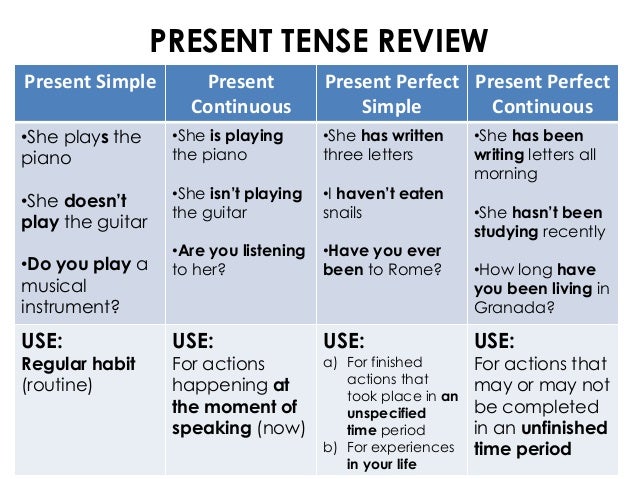
Categories: Service | Tags: Bald tires, Tire Hazards, Tire Rotation, Vibrations while driving | Permalink
Car tires - an elastic shell mounted on a disc rim. It is the tires that dampen the small vibrations that occur due to imperfect roads and compensate for the inconsistency in the trajectories of the wheels. The characteristics of tires affect: driving comfort, maneuverability and vehicle stability. However, even the highest quality rubber eventually deteriorates. Therefore, every driver should know how to correctly determine the degree of tire wear in order to replace them in time. Car and truck tires have different periods of use, depending on both the initial characteristics of the products and the operating conditions.
Tires wear out not only due to operational loads. They are characterized by natural aging, since the rubber compound from which the tires are made gradually loses its elasticity and resilience. The use of such rubber leads to a deterioration in vehicle controllability and creates dangerous conditions due to the high probability of tire rupture on the way.
They are characterized by natural aging, since the rubber compound from which the tires are made gradually loses its elasticity and resilience. The use of such rubber leads to a deterioration in vehicle controllability and creates dangerous conditions due to the high probability of tire rupture on the way.
In accordance with GOSTs 4754-97 and 5513-97, the warranty period for car tires is 5 years. Foreign manufacturers claim that the service life of tires is 5-10 years. There are no legislative acts obliging drivers to change tires after this period, but in order to create safe driving conditions, the driver must take into account the recommendations of GOST. Manufacturers usually set their own warranty periods.
Michelin, Bridgestone, Nokian, Continental, Dunlop, Pirelli, Yokohama:
| Brand | Warranty period declared by the manufacturer |
| Bridgestone | Tire dependent - 3-6 years |
| Nokian
| 5 years |
| Continental | 10 years old |
| Dunlop | Tire dependent |
| Pirelli | Tire dependent |
| Yokohama | 5 years |
| Michelin | 10 years old |
During the warranty period, the responsibility for identified significant defects rests with the manufacturer.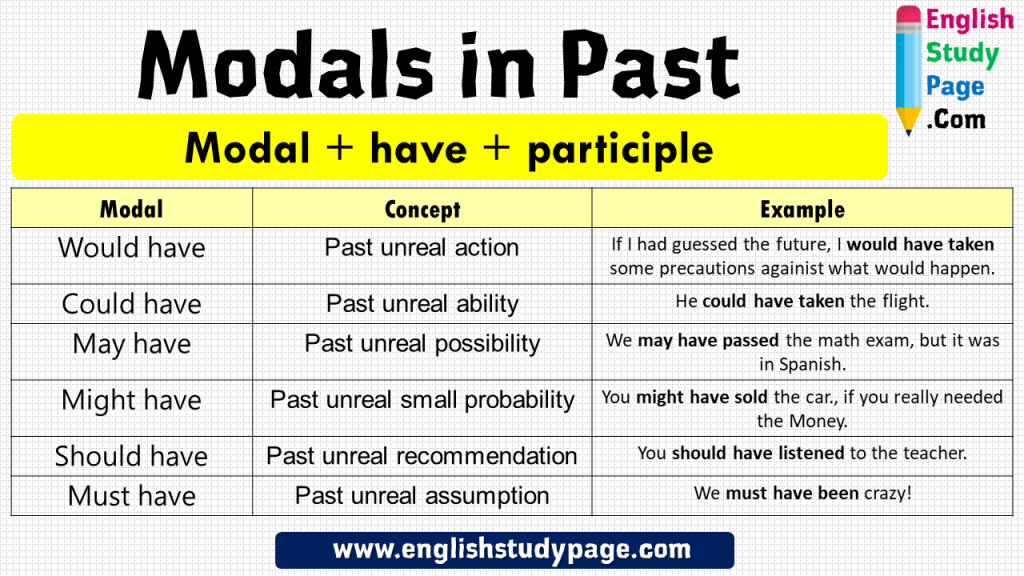 The owner of the vehicle will be forced to eliminate defects on his own if there have been:
The owner of the vehicle will be forced to eliminate defects on his own if there have been:
If the vehicle is used intensively, it may be necessary to replace the tires before the end of the warranty period.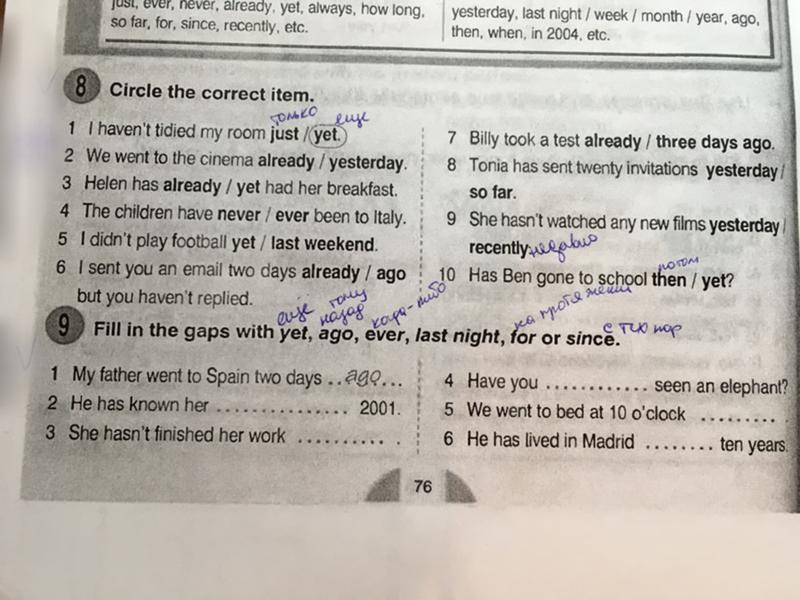 Therefore, regulatory documents establish the mileage after which you should think about replacing tires.
Therefore, regulatory documents establish the mileage after which you should think about replacing tires.
The maximum standard mileage is:
The actual rate of tire wear may differ from the standard values due to a whole list of factors, such as:
 Low-quality products under the influence of abrasive particles wear out very quickly.
Low-quality products under the influence of abrasive particles wear out very quickly. You can determine the need for tire replacement yourself by the following signs:
Table of minimum allowable tread depth for different modes of transport as amended on 01.01.2015
| Minimum allowable remaining tread depth | Type of transport |
| 0.8 mm | L - motorcycles, mopeds, quad bikes |
| 1. | N2, N3, O3, O4 - trucks with a maximum permissible mass of more than 3.5 tons and trailers with a maximum permissible mass of more than 3.5 tons |
| 1.6 mm | M1, N1, O1, O2 - cars, trucks and trailers with a maximum authorized mass of less than 3.5 tons |
| 2.0 mm | M2, M3 - buses |
| 4.0 mm | Winter tires marked M+S, M&S, M S, the amount of residual tread depth does not depend on whether tires are installed on cars or trucks |
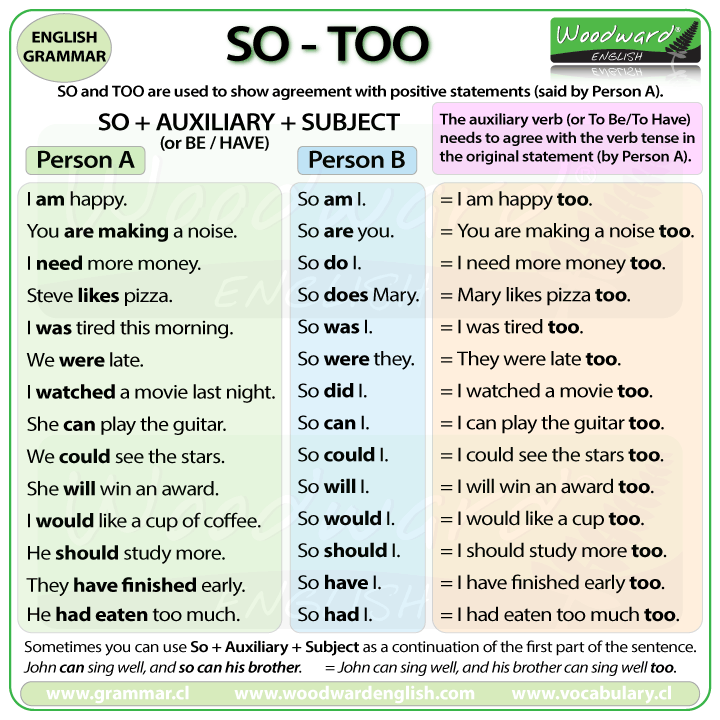
Important! If the outer edges of the tire wear faster, the internal pressure is insufficient. Accelerated wear of the central part indicates excessive pressure. Wear on one side indicates a violation of the toe angle. Uneven surface wear is evidence of aggressive driving with rapid acceleration and hard braking.
You can extend the life of your tires by doing the following:

Normative document regulating the terms and conditions of tire storage - GOST 24779-81. However, it is believed that when standard storage conditions are created, after 5 years of storage, tires retain the characteristics corresponding to the properties of a new product. If this period is exceeded, product characteristics may decrease.
Basic requirements for a room intended for storage of tires:
Previous article↑ ArticlesNext article
October 26, 2018, 16:12
City
Photo: the portal of the mayor and government of Moscow
The air temperature is gradually dropping, in some regions residents have already seen the first snowfall. With the onset of the cold season, every car owner thinks about changing summer tires to winter ones. When exactly should this be done and how temperature affects the grip of one or another type of rubber with the road - says the Moscow 24 portal.
When exactly should this be done and how temperature affects the grip of one or another type of rubber with the road - says the Moscow 24 portal.
Auto reviewer Igor Morzharetto notes that it is recommended to "already have winter tires on the axle when the average daily temperature drops below 0 degrees." In his opinion, it can be difficult to guess such a moment, even if you regularly read forecasts. The expert advises changing tires now, since there is no hype in tire fittings yet, and you can save a lot of time. Autoexpert Roman Gulyaev agreed with him. “If you go now, you will save time and money, because the cost will be higher during the season,” he said.
Nadezhda Churmeyeva, executive director of the Association of Tire Manufacturers, noted that the general recommendation is to change tires when the average daily temperature reaches +7 degrees, since at such temperatures there is a possibility of night frosts, and there is a danger of ending up on ice on summer tires.
It is up to motorists to change tires with the first snow or not, there are no strict regulations here, but among drivers there is an unofficial day for changing summer tires - November 15th.
Whatever date drivers choose, from December 1 to the end of February, only winter tires are allowed. This refers to both tires with studs and without them, while they must be marked "M + S" (also found "M & S" or "M S") plus a badge depicting mountains and snowflakes.
Photo: portal of the Mayor and Government of Moscow
First of all, winter and summer tires differ in the rubber compound used to make them. “Winter tires are softer in terms of the composition of the rubber compound, so they do not lose elasticity at low temperatures, their grip characteristics remain valid. And summer tires, since they are not so soft, harden, and road grip deteriorates,” Churmeeva explained.
In addition, the tread pattern is different for both types of tires. “While summer tires have more longitudinal ribs to drain water, winter tires usually have a tread pattern with many transverse grooves,” the expert added.
“While summer tires have more longitudinal ribs to drain water, winter tires usually have a tread pattern with many transverse grooves,” the expert added.
There are several factors to consider when choosing winter tires. "The conditions in which you drive in winter are of paramount importance: will it be exclusively a city, or will you regularly travel outside the city where the car can get on ice. You also need to consider how well the roads in your city are cleaned in winter. Experience also matters driving - whether you are a beginner or an experienced driver, as well as your driving style," Churmeeva explains.
Winter tires for harsh environments include studded and non-studded (friction or Velcro) tires. They are equal in traction, but studded tires perform better on ice, said the executive director of the Tire Manufacturers Association. Russia has technical restrictions on studded tires.
The law provides for a limit on the number and weight of winter tire studs. "The Technical Regulations on the safety of wheeled vehicles say that studded tires sold on the Russian market must fit within the established restrictions on the maximum mass of a stud, and in terms of the number of studs - there should be no more than 60 pieces per linear meter of a tire," - Churmeeva explained.
"The Technical Regulations on the safety of wheeled vehicles say that studded tires sold on the Russian market must fit within the established restrictions on the maximum mass of a stud, and in terms of the number of studs - there should be no more than 60 pieces per linear meter of a tire," - Churmeeva explained.
Non-studded tires of the Scandinavian type, due to the absence of studs, provide a more comfortable driving compared to studded tyres. They are characterized by a more "sparse" pattern and rectangular or diamond-shaped "checkers". Such tires are designed to push through the ice and easily clear the adhering snow; they are suitable for driving on snowy roads. That is why, by the way, "Scandinavians" are more common in the north of Russia than in the central part.
Another category of winter tires are tires of European type, which have a diagonal tread pattern in the form of beveled lines, an extensive network of drainage channels and a strong lug on the edges of the tire. Such tires are designed for wet and muddy winter roads; in a word, it will serve perfectly in the city and on the cleared track. They are designed for milder winters.
Such tires are designed for wet and muddy winter roads; in a word, it will serve perfectly in the city and on the cleared track. They are designed for milder winters.
Photo: Portal of the Mayor and Government of Moscow
"It's hard to give one recommendation here - it all depends on the conditions in which you have to drive. If you have to often travel out of town where you can find yourself on ice, then studded tires are probably better, and if you only drive on good cleared roads, then maybe Velcro will do," the expert said. She also drew the attention of car owners to the need to monitor the residual tread depth if the tires are not used for the first season.
"The minimum tread depth that ensures safety is 4 millimeters. If your tread is already worn out more, you endanger yourself and other road users, in fact, this is already bald rubber. Therefore, if you do not plan to buy a new tires at the beginning of the season, or for economic reasons you have made a choice in favor of buying used tires, you definitely need to monitor the tread depth," Churmeeva said.